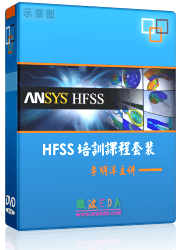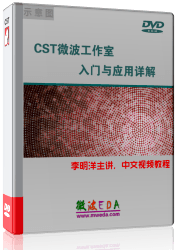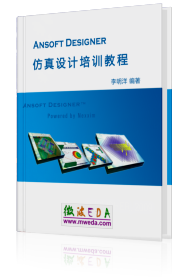Mesh Properties (Surface, Multilayer)
 Mesh
Mesh  Global Properties Global Properties
Note:
The active mesh type refer merely to the mesh preview. A change of the
solver method will change the active mesh type.
Mesh density control frame
Steps
per wavelength: This value is connected
to the wavelength of the highest frequency set for the simulation. It
defines the minimum number of mesh cells that are used for a distance
equal to this wavelength.
This sets the spatial sampling rate for the
signals inside of your structure. This setting has a strong influence
on the quality of the results and on the calculation time. Increasing
this number leads to a higher accuracy, but unfortunately also increases
the total calculation time.
A good compromise between calculation time and
the achievable accuracy is the default value of 2 for surface meshing.
Minimum
number of steps: This value controls the global relative mesh size
and defines a lower bound for the number of mesh cells independently of
the wavelength. It specifies the minimum number of mesh edges to be used
for the diagonal of the model bounding box. Consequently, the higher this
value, the finer the mesh.
Together with the possibility
to set local mesh sizes, see Local
Mesh Property (Surface), this is the most important quantity to control
the automatic surface mesh generator.
For Mesh
type surface it specifies the minimum number of mesh edges to be used
for the diagonal of the model geometry. The bounding box size will be
ignored.
Refinement settings:
Material based refinement:
Allows to switch the material based
refinement on or off.
Edge Refinement:
In this drop-down list you may control the edge refinement for the multi-layer
mesh. When you select "None" the edge
refinement is switched off, in the other cases
the edge refinement is performed and you may choose the edge refinement
value. Either you specify the value as fraction of the wave length, structure
based or as an absolute value. The edge refinement value determines the
maximal offset as well as the minimal offset for each edges. The minimal
offset is calculated as the tenth of the edge refinement value. If structure
based is chosen a characteristic width of the existing conductors will
be calculated.
Mesh summary frame
The values shown in this
frame are only for information purposes. You may not edit them. The number
of surfaces is shown in the status bar of the program.
Min.
edge length: The length of the shortest mesh edge.
Max.
edge length: The length of the longest mesh edge.
Surface
area: The surface mesh area in square user units.
Min.
quality: The minimum of all mesh cell quality values.
Max.
quality: The maximum of all mesh cell quality values.
Average
quality: The average of all mesh cell quality values.
Note:
The quality of a triangle
measures how well its shape matches the shape of an equilateral triangle.
It is defined by the expression
 , ,
where r
is the radius of the incircle and R
is the radius of the excircle of the triangle. According to this equation,
the quality is positive and less than or equal to one. Low quality values
indicate degenerated triangles that may have a negative impact on the
convergence.
OK
Accepts the changes and closes the dialog. If
changes were made, the mesh will be updated.
Apply
Stores the current settings. The dialog box
open remains open.
Update
Updates the mesh representation.
Specials...
This button leads to a dialog box, that allows
you control the surface mesh generator.
Cancel
Closes this dialog box without performing any
further action.
Help
Shows this help text.
See also
Mesh
View (Surface), Special
Mesh Properties, Which
mesh to use




HFSS视频教程
ADS视频教程
CST视频教程
Ansoft Designer 中文教程
|